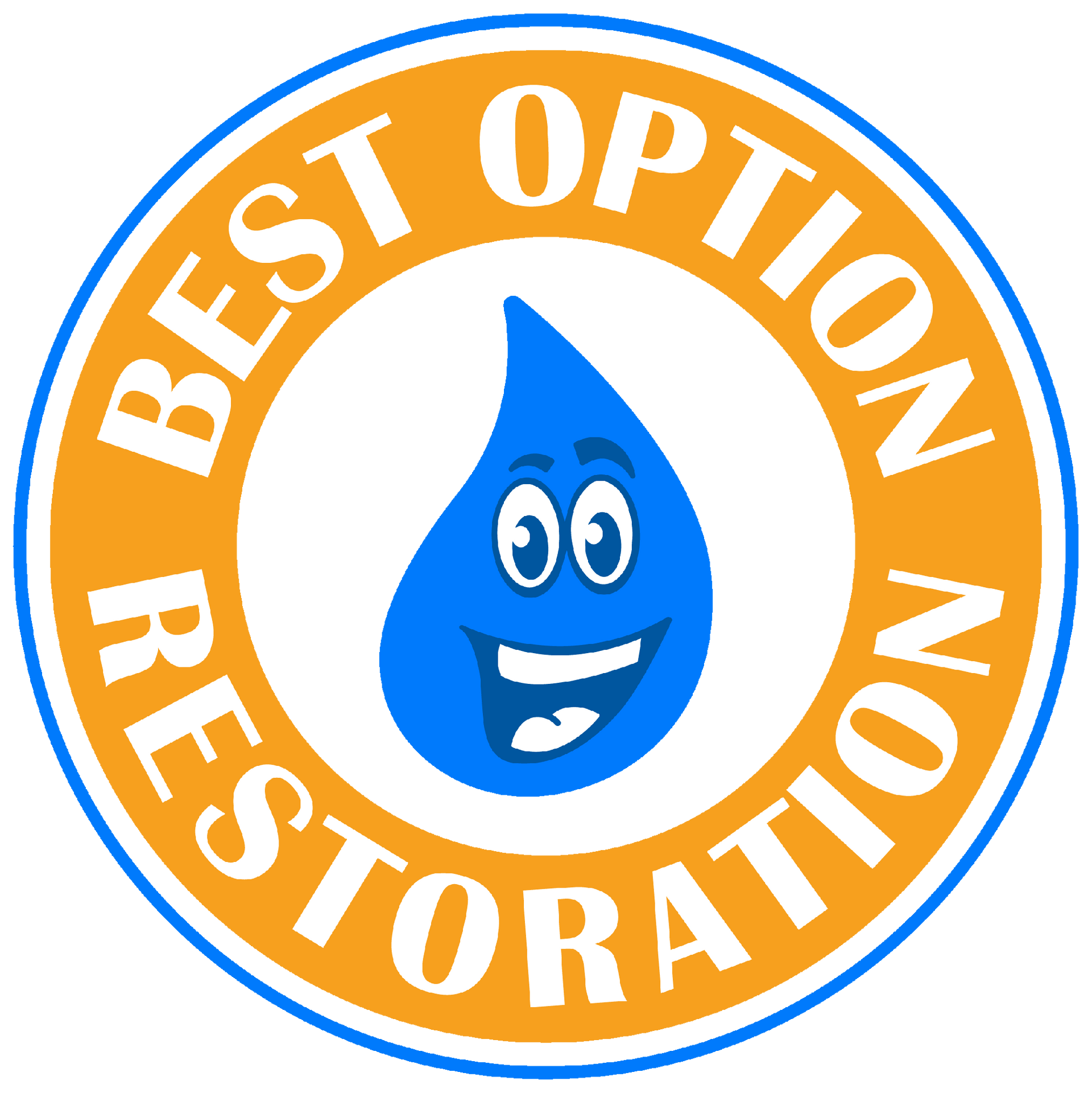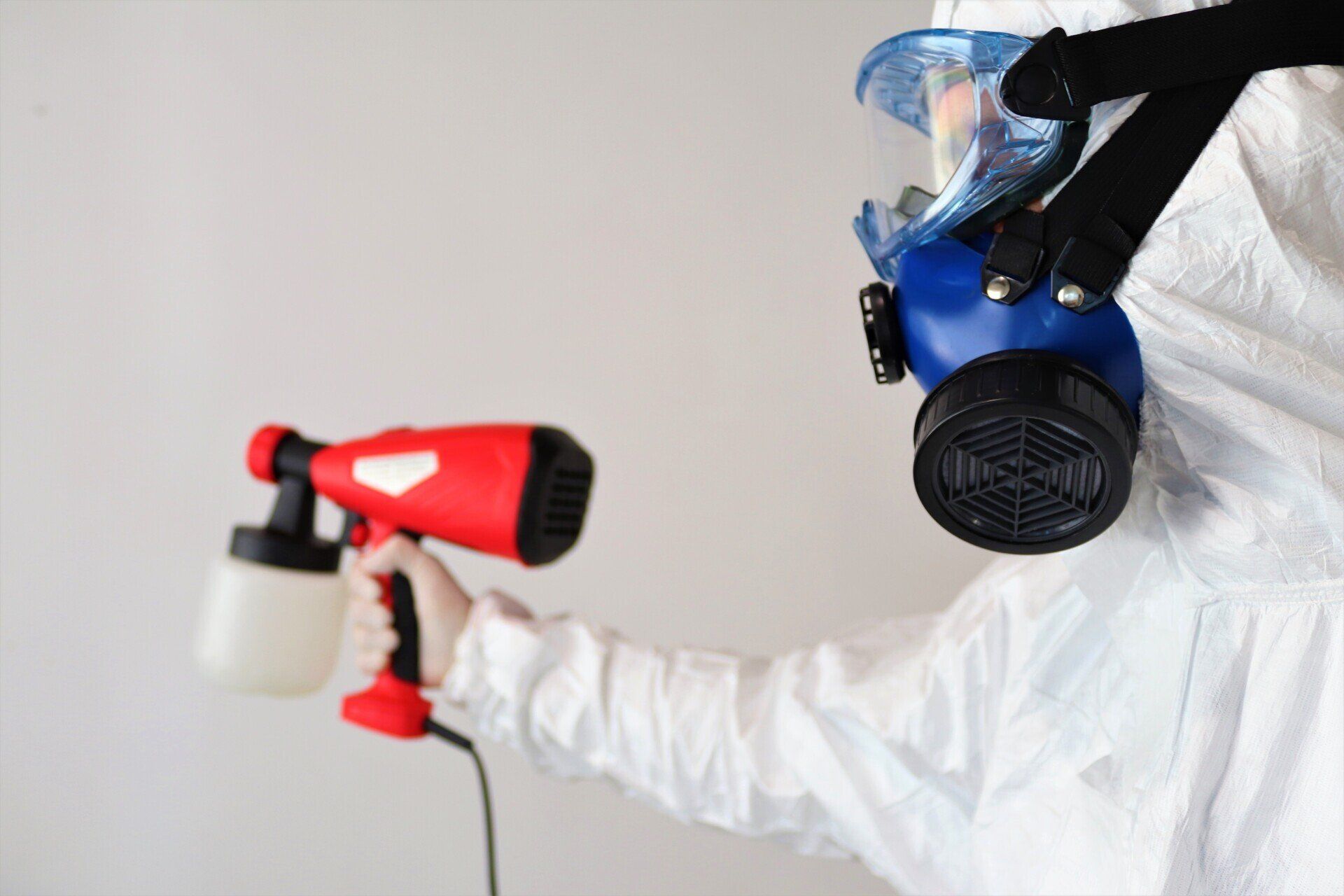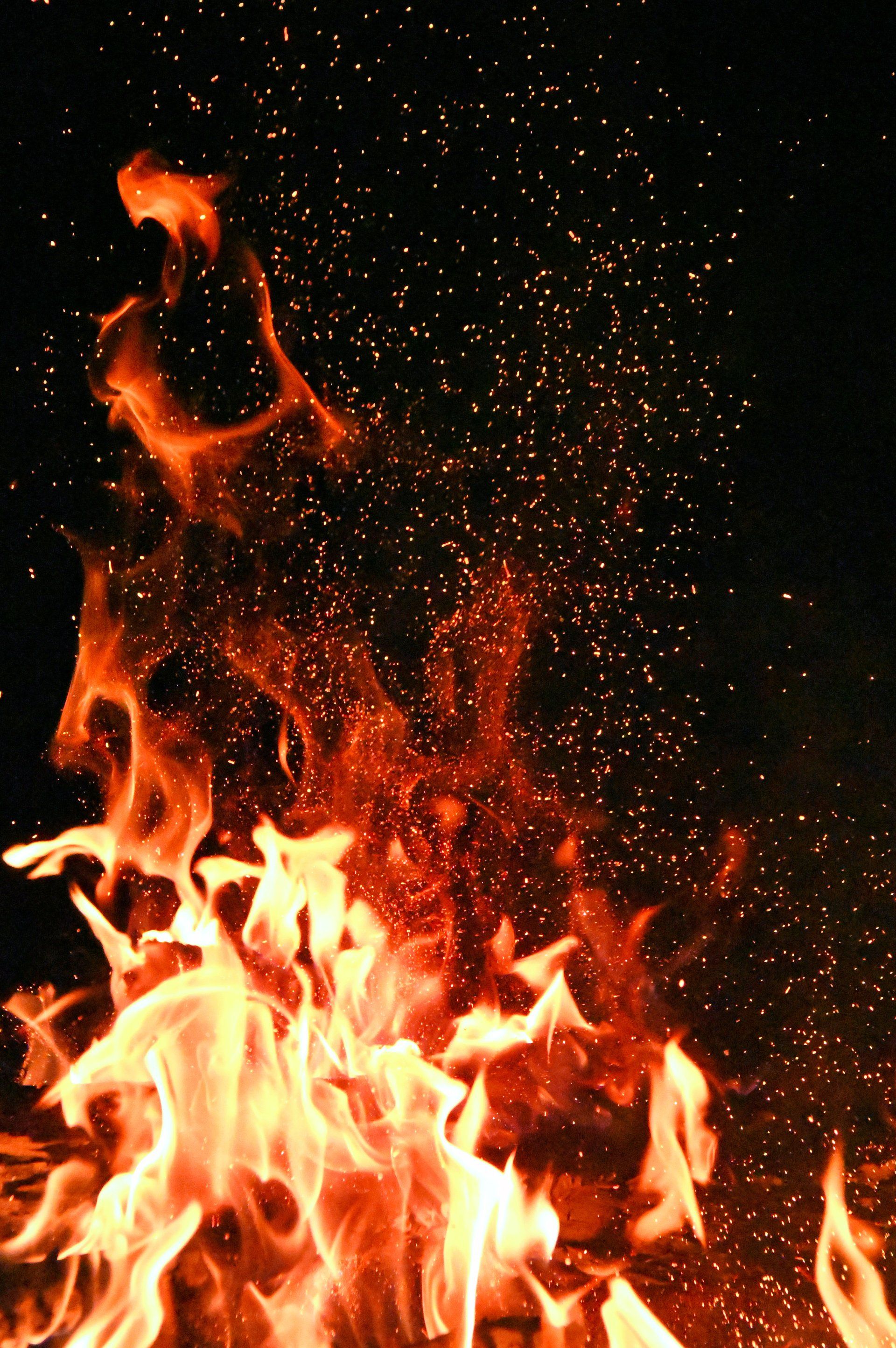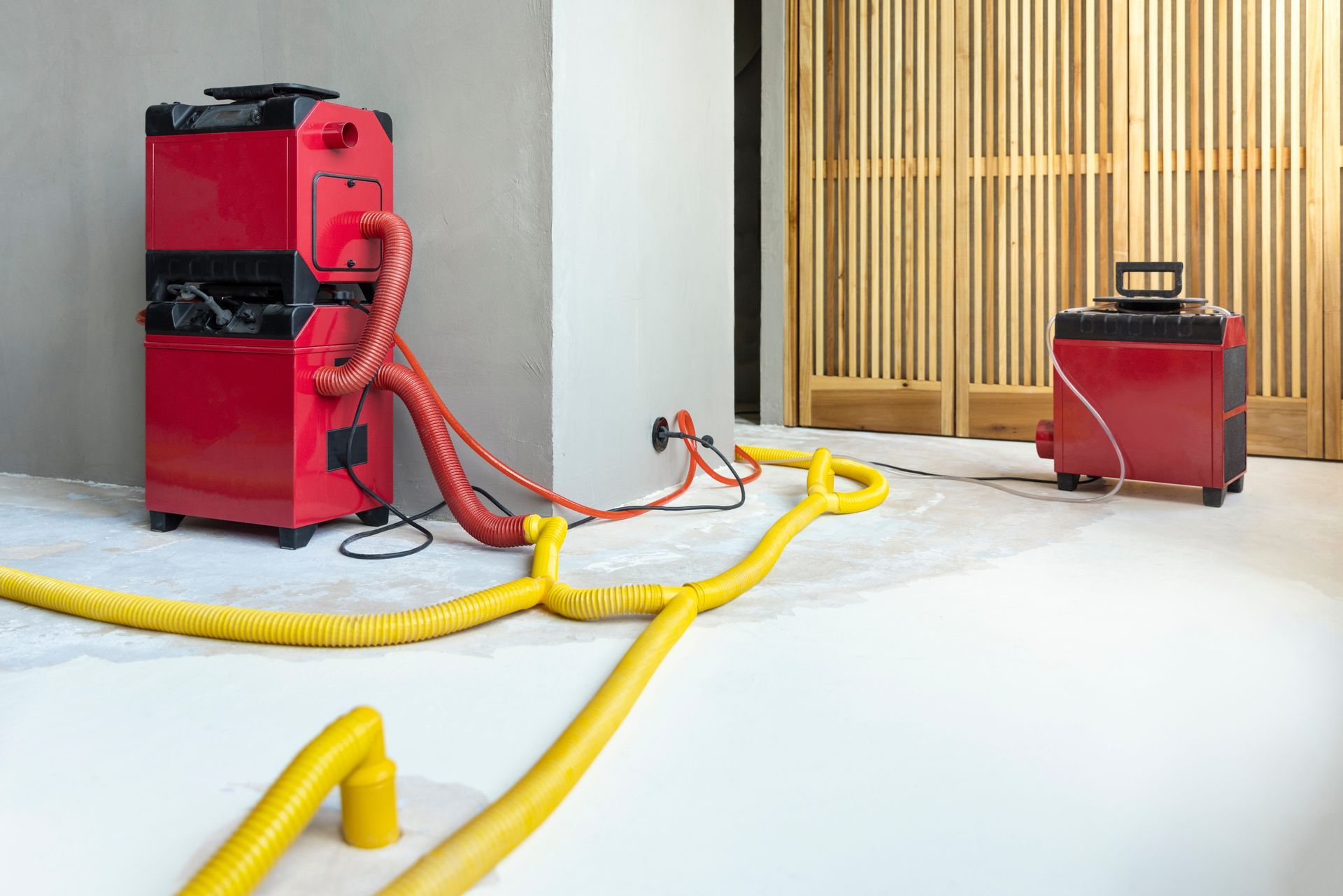Serving Phoenix, Mesa, & Surrounding Areas
Call 24/7 for Emergencies
Serving Phoenix, Mesa, & Surrounding Areas
Call 24/7 for Emergencies
How to Prevent Water Damage in Your Home
Effective Strategies to Prevent Water Damage in Your House
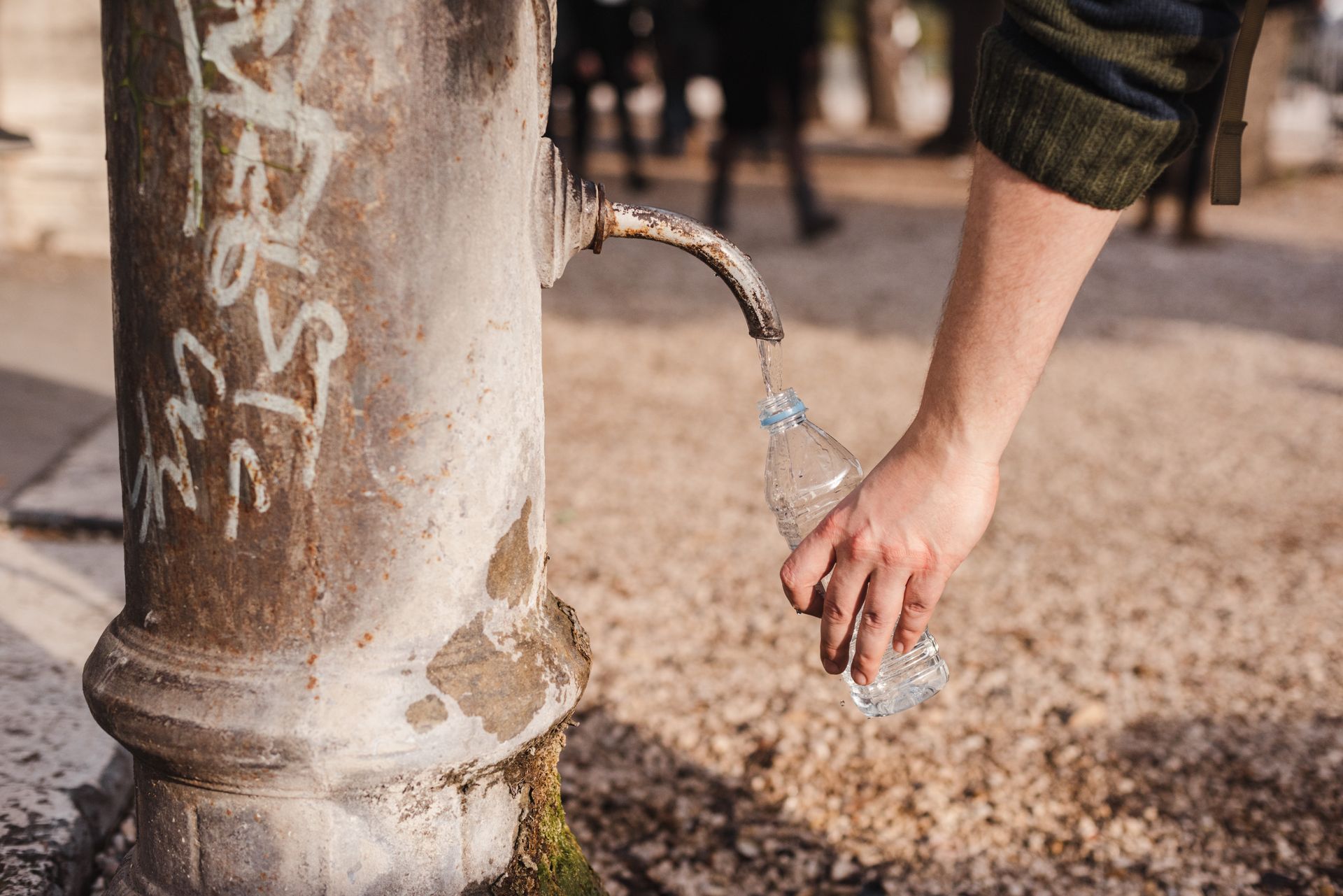
Water damage is one of the most common and costliest issues homeowners face. Failure to prevent water damage can lead to an array of problems, including structural damage to your property and the proliferation of mold. Both can be expensive to remedy and can significantly devalue your home. This article provides essential water damage prevention tips, offering guidance on how to prevent mold after water damage, avoid water damage, and tactics for preventing water damage, even in the face of flood damage. Armed with this knowledge, you can keep your property safe, dry, and free from the detrimental effects of water damage.
Causes of Water Damage
Water damage is often a result of various factors, some within our control and others not. One of the most common causes is leaking pipes. A small, unnoticed leak can escalate over time, causing significant damage to your house structure and fostering conditions for mold growth.
Faulty appliances like washing machines, dishwashers, and refrigerators can also lead to water damage. A malfunctioning or aging appliance may leak, overflow, or cause a burst, flooding your home unexpectedly and causing extensive damage.
HVAC units require regular maintenance. If neglected, your air conditioner can cause moisture buildup within your home, leading to water damage and potentially even mold growth. It's important to clean and maintain these units regularly to avoid such issues.
Natural disasters such as floods and heavy rainstorms are unavoidable causes of water damage. In such cases, prompt action is required to minimize the impact on your home. Areas prone to these disasters should have measures in place to prevent water damage.
Lastly, a poorly sealed bathtub or shower can allow water to seep into walls and floors, causing unseen water damage over time.
It's essential to stay vigilant and proactive in maintaining your home, as water damage can lead to costly repairs and threaten the structural integrity of your property.
Signs of Water Damage
Detecting early signs of water damage can make a significant difference in preventing severe damage and expensive repairs. Here are some common signs to watch for:
Water Stains: Water stains on ceilings, walls, or floors are often the first sign of water damage. These stains can be yellow, brown, or copper in color and may grow in size over time.
Mold: Mold often accompanies water damage. If you observe unusual black or green spots on your walls, floors, or ceilings, it could be a sign of mold growth. Mold often has a musty odor and can cause health issues if not addressed promptly.
Peeling Paint or Wallpaper: When water gets into your walls, it can cause the paint or wallpaper to bubble, crack, or peel. If you notice these signs, it's essential to investigate further for potential water damage.
Unusual Odors: Musty or earthy smells often indicate hidden water damage or mold growth. If you detect these odors, especially in basements or bathrooms, it may be time to seek help from a professional.
Changes in Texture: Water damage can cause noticeable changes in the texture of your floors, walls, or ceilings. Watch for warping, buckling, or sagging, as these can indicate significant water damage.
Unexpected Increase in Utility Bills: A sudden, unexplained increase in your water bill could suggest a leak somewhere in your house.
By being aware of these signs, homeowners can act quickly to address water damage, reducing the risk of more severe damage and potential mold growth.
Water Damage Prevention Tips
Preventing water damage is paramount to maintaining a healthy and safe home environment. Adopting a proactive approach to water damage prevention can save homeowners significant time, stress, and financial resources in the long run. By understanding potential risks and implementing strategic precautions, one can effectively sidestep the detrimental effects of unchecked water damage, including structural compromise and mold growth. Here are comprehensive strategies to help you avoid water damage and ensure the longevity of your home.
Water-Resistant Materials and Construction Techniques
Using water-resistant materials and adopting construction techniques that prevent water seepage are key measures in avoiding water damage. These materials are designed to withstand moisture, reducing the risk of water-induced issues. For instance, using moisture-resistant drywall, particularly in high-humidity areas such as bathrooms and kitchens, can substantially mitigate the risk of water damage. Furthermore, concrete sealers can be applied to basements and other concrete surfaces to prevent moisture absorption.
Installation of metal roofing, known for its superior water resistance, can protect your home from heavy rains and snow, thereby preventing roof leaks. In terms of construction techniques, proper home grading ensures rainwater flows away from your home's foundation, thus avoiding potential seepage. Waterproofing basements and crawlspaces, installing backwater valves on your main sanitary line, and maintaining a good gutter system are other useful techniques. Remember, prevention is always better and cheaper than cure when it comes to water damage. By investing in water-resistant materials and construction methods, homeowners can significantly reduce the risk of costly damage in the long run.
Proper Drainage and Landscaping
Ensuring proper drainage and thoughtful landscaping is critical in preventing water damage. Implementing an effective drainage system directs water away from your property, reducing the risk of basement flooding, soil erosion, and damage to your home's foundation — all common consequences of poor drainage. Firstly, keep your gutters clean and free from debris to allow for unimpeded water flow. Clogged gutters can lead to water spilling over gutter sides, damaging your home's exterior and foundation. In addition, install downspouts that direct runoff at least six feet away from your home to prevent water pooling near your foundation.
Furthermore, the use of French drains and sump pumps can be beneficial in areas prone to heavy rainfall or for homes with below-grade rooms. Strategic positioning of plants, trees, and slopes can also play a considerable role in preventing water damage. For instance, grading your yard away from your home helps avoid water accumulation around your foundation. Adopting these practices not only helps prevent water and flood damage but also preserves the aesthetic appeal of your property.
Appliance and Plumbing Maintenance
Regular appliance and plumbing maintenance is crucial in preventing water damage. Appliances like washing machines, dishwashers, and water heaters can cause significant water damage if not properly maintained. Regularly inspect these appliances for leaks or signs of wear and tear, replace hoses every five years, and ensure they're installed in areas where leaks won't cause damage.
Plumbing systems must also be regularly checked for leaks, rust, or water damage signs. Pay attention to your water bill; a sudden increase could indicate a hidden leak. Install water detection devices near appliances and plumbing fixtures to alert you of leaks or flooding. These devices can help you act quickly, preventing extensive water damage and the potential for mold growth after water damage. It's also recommended to know the location of your main water shut-off valve to quickly stop the water supply in the event of a major leak or burst pipe. These preventative measures are key to avoiding water damage and securing the longevity of your home.
Inspecting Your Home Regularly
Regular inspection of your home is a pivotal strategy in detecting early signs of water damage, thereby enabling immediate corrective measures and preventing further deterioration. Regular checks allow homeowners to identify potential issues before they escalate, ensuring that their homes remain safe and in good condition. This practice, coupled with the knowledge of what to look for, can save homeowners substantial repair costs and prevent mold growth after water damage.
Here's a checklist of areas that you should inspect regularly:
- Roof: Inspect your roof for missing or damaged shingles, as these can make your home vulnerable to water damage during heavy rains. Also, look for signs of water pooling, which could lead to leaks.
- Basement: Basements are often prone to water seepage. Check for dampness, water stains, or mold. Issues with foundation cracks or basement flooding should be addressed immediately.
- Attic: Your attic can potentially harbor hidden water leaks. Look for signs of dampness, stains, or mold growth.
- Bathrooms and Kitchens: These areas are particularly susceptible to water damage due to frequent water usage. Check for leaks under sinks, around appliances, and near the bathtub or shower.
- Windows and Doors: Ensure that all windows and doors are properly sealed to prevent water seepage.
- Exterior Walls: Inspect the exterior walls for signs of water stains, which could hint at internal leaks.
- Gutters and Downspouts: Regularly clean gutters and ensure downspouts are directing water away from your home to prevent water damage to your foundation.
Through regular inspections and proactive maintenance, homeowners can significantly reduce the risk of water and flood damage, thereby ensuring the structural integrity of their homes.
Seasonal Maintenance
Seasonal changes can substantially influence the likelihood of water damage. The increase in precipitation during the rainy season, coupled with melting snow during the winter, elevates the risk of water seepage, causing potential damage to the property. It's, therefore, essential that homeowners adapt their preventive measures according to the changing seasons.
Rainy Season Maintenance
During the rainy season, proper gutters and downspouts maintenance becomes even more crucial. Make sure these are clean, free from debris, and structurally sound to handle heavy rainfall effectively. If you live in an area susceptible to flooding, consider installing a sump pump in your basement and ensure it's in good working order before the rain sets in. Inspect your roof for loose or missing shingles and fix them promptly to prevent leaks.
Winter Season Maintenance
The winter brings its own set of challenges, primarily in the form of snow and ice. Ice dams can form on roofs, causing water to back up under the shingles and leak into the house. To prevent this, ensure your attic is well-insulated and ventilated. Regularly inspect your roof for ice dam formation and remove it safely. Moreover, to prevent freezing and bursting of pipes, insulate your home's water pipes, especially those running through unheated areas.
Being aware of these seasonal risks and preparing accordingly can significantly aid in preventing water damage and the potential for mold growth after water damage. By investing time and effort in seasonal maintenance, homeowners can ensure the longevity and safety of their homes.
When to Seek Professional Help
There are instances when water damage surpasses the scope of DIY solutions and requires professional intervention. Severe leaks, extensive flooding, and situations where the source of water damage is unclear are scenarios where you should seek help from experts.
Professional services like Best Option Restoration bring a level of expertise and experience that ensures a comprehensive approach to preventing and addressing water damage. Expert technicians are equipped with advanced tools and techniques that allow for precise detection of water leaks and damage, even in the least visible areas. They conduct detailed inspections to identify not only the extent of the damage but also the source, which is critical in preventing recurrence.
Moreover, in the unfortunate event of flood damage, a professional restoration company can perform comprehensive water extraction, drying, and dehumidification processes to mitigate the damage and prevent the onset of mold. They also offer expert advice on how to prevent mold after water damage, a common problem homeowners face.
With their in-depth understanding of different types of water damage and the best ways to address them, professionals can provide effective water damage prevention tips tailored to your home's specific needs. Utilizing professional services for water damage prevention and restoration is an investment in the longevity and safety of your property.
At Best Option Restoration, we offer specialized services to help you prevent and manage water damage, ensuring the well-being of your home and your peace of mind.
Safeguarding Your Home Against Water Damage
At Best Option Restoration, we understand the diverse and complex nature of water damage. Our team of skilled professionals is ready to assist you, providing expert guidance and advanced techniques to prevent water damage and restore affected areas. From regular maintenance tips to emergency flood damage, we've got you covered. Our top priority is your peace of mind and the safety of your property. Don't wait for water damage to escalate beyond your control. Take action today and secure your home against potential water damage threats. Contact Best Option Restoration now, and let us help you create a safer and healthier living environment.
Best Option Restoration
Best Option Restoration
Best Option Restoration of Mesa Chandler Gilbert is part of the Best Option Restoration Network, a trusted national leader in the disaster restoration industry. Best Option Restoration currently has open opportunities nationwide. If you would like more information on becoming a franchise owner with us, request your free Franchise Discovery Kit now.
IICRC Certified
Our Services
Our Contact Info
Best Option Restoration
All Rights Reserved | Best Option Restoration
